Law and Literature?
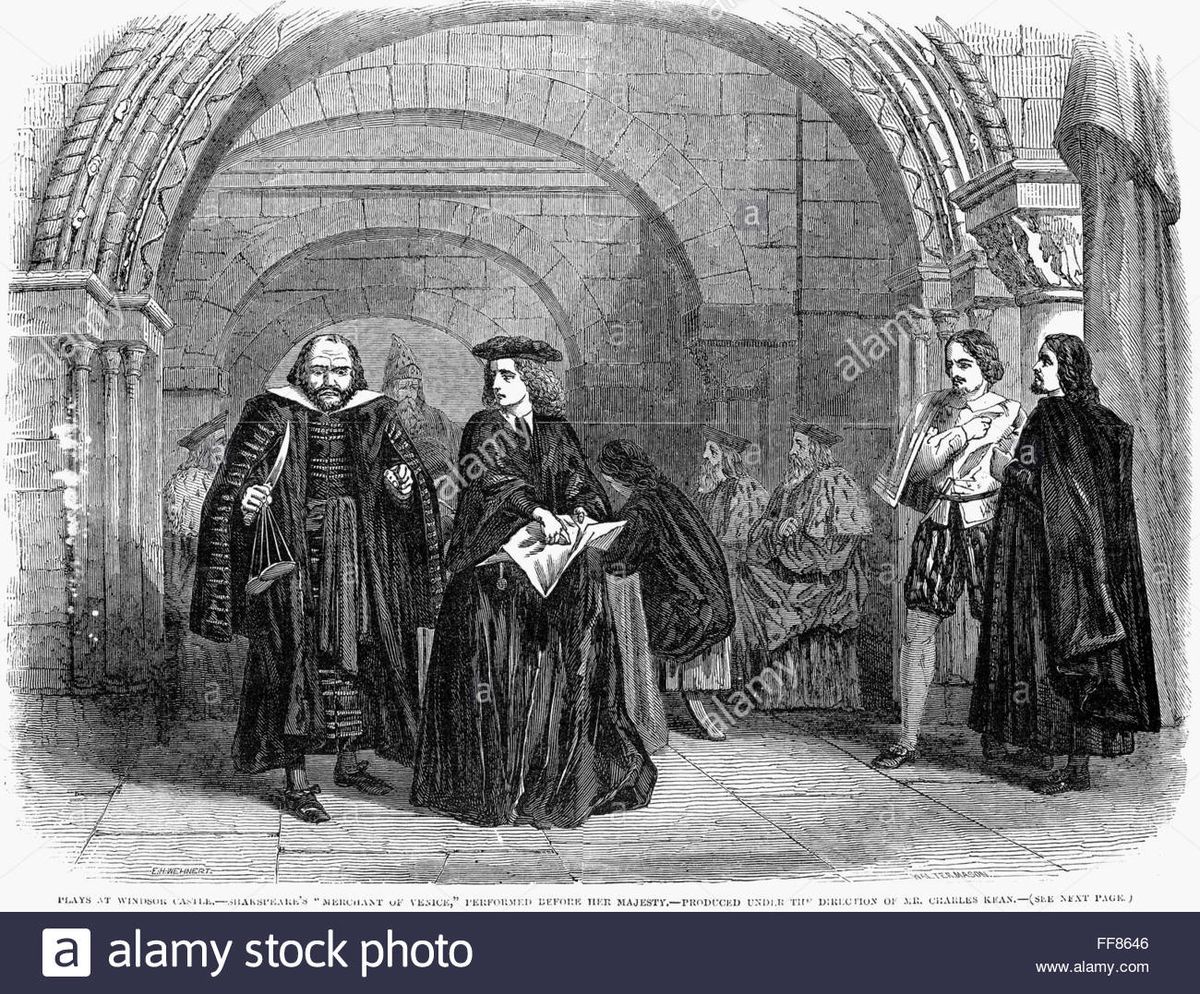
"Lawyer without a knowledge of history or literature is just a mechanic or a mere working mason" - Sir Walter Scott
Law and Literature are two different sets which studies the dynamic human society and its varied alterations . The study of Law and Literature has attracted a lot of researchers across the world in understanding the depth of relevance behind these two vast matters in the recent years. Even though Law and Literature are two different areas , both are the creations of human and studies the human relationships in different perspectives. Just as the law has fascinated writers over centuries, many writers have also themselves been lawyers, or at least trained in the law, including some of the best-known names such as Sir Walter Scott, Dostoevsky, Tolstoy and Kafka who are noteworthy. “The Trial,” from Franz Kafka, proves their amusing segments and their importance in the integration of Law and Literature.
The Law and Literature Movement
The Law and Literature Movement focuses on the versatile connection between law and literature. This movement was launched in 1970s which later developed itself in a proper school. The proponents of the law-in-literature theory, such as Richard Weisberg and Robert Weisberg, believe that literary works, especially narratives centered on a legal conflict, will offer lawyers and judges insight into the "nature of law" that would otherwise go missing in the traditionally strict study of legal rhetoric.
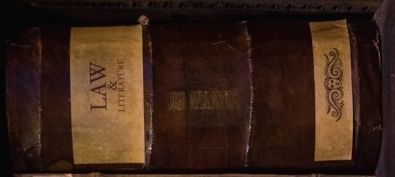
"The Legal Imagination" written in 1973 by James Byond White helps its readers to understand the language of law through the prism of literature. Richard Posner's "Law and Literature - Misunderstood relationship" , the author although acknowledges that the law and literature intersects but through the medium of this book he urges both literary and legal students to be cautious to the important differences between them and that their study as different matters is to be emphasized. Indian author Shakuntala Bharvani also gave her contribution to the movement and study of Law and Literature in her book titled "The Law and Literature" by selecting short stories, novels and gave legal analysis to them.
Similarities between Law and Literature
- Common domain of Study - Both the field are the creations of humans and tries to study and understand the humans and society in its ambit.That is why the interconnection between them has become a prime objective of various research scholars to prepare the research on. There are many classics which deals in the matter of law and describes relationship between law, humans and society. Classics like "The Trial", Crime and Punishment; The Merchant of Venice, Justice, Bleak House etc tries to give a deep description of the relationship between law and human life. The level of study are may be different but they are fundamentally concerned with the same objective of understanding the dynamic character of human, his moral works and his varied society.
- Method of study are same - The methods of explanation, description, reading, expression and interpretation are similar in both law and literature out of which the interpretation part is the most vital one. The interpretation of a legal text or an interpretation of a moral story differs from persons to persons as its understanding differs and is subjective in nature. The narrative technique is used in both literature and law. The vocab used in interpreting or penning down the provisions of law is unique and vibrant in its own nature which takes help from the Literature. Literature presents an artwork through the use of literary words. In explaining both Law and Literature their uniqueness becomes apparent.
- Discusses social changes that are necessary - Law changes from time to time in order to meet the different social evils which arises out of various social transformation. Various literary works like - Justice by John Galsworthy talks about the dark punishments that prevailed during the Victorian Age and urges to its readers to stand against such inhumane punishments and reformative methods. The Literary people tries to express their thoughts, views and anger through their literary works and tries to address necessary social changes and solutions to various evil practices that occurs in the society. Law changes from time to time in order to meet the immediate necessary needs of the society in order to curb injustice and bring about social transformation.
- Their functions are same - Both of them deals with the relationship of humans and society. Their basic function is to change the human world and society. Literature serves the function of self expression, compassion, life and healing. It inspires's people's perspective towards human kind. It helps us in aspiring of a beautiful world who wishes to achieve ideal society and human justice. The objective of law is to limit human behavior from doing things which are not moral. Although law is a subject of social science with the objective of solving human conflicts, if one wants to solve the real conflict must know what people are thinking and should have plenty of understanding and compassion towards human beings.
Comparison between Law and Literature
- Foundations varies - Literary works are created by writers and are open to every common being to come and contribute something to the Literature. The guidelines set for a literary work follows no strict guidelines and therefore has no limits. Law is a rule that not any lay man can pen down. Their foundation is laid by jurists, and learned lawyers and a lay man can never be so prudent and logical in solving human problems.
- Emotions are absent in law - Human emotions are not taken into consideration while laying down a law. It keeps itself rigid to a boundary where he favors the just not the emotion. In Literature, the works shows how they lay emphasis more on the human emotions and the entire story or poem or drama revolves around emotions. Law is not laid down considering the human emotions.
- Literature is more of an imagination - Literary works are more of imaginary illusions and whims which are based upon the author's way of looking and imagining towards a particular situation. A Law can never be imaginary , it has to comply with the needs of the society in bringing about equality by delivering judgements in "justice, equity and good conscience".
- The characteristics differs - The language that is used in law and those in literary expression are very different. Both Law and Literature uses two different vocabularies. Literature originates from human feelings and emotions are brought together as a personalized product which may not be applicable to its reader. It expresses the writer's personal thoughts. Literature expresses the human concern and is a personal voice. Law is the rule of human behavior. It gathers people's intelligence in order to establish law and order and serve justice.
Select Literary works showing "Law in Literature" and "Law as Literature"
THE MERCHANT OF VENICE (William Shakespeare)
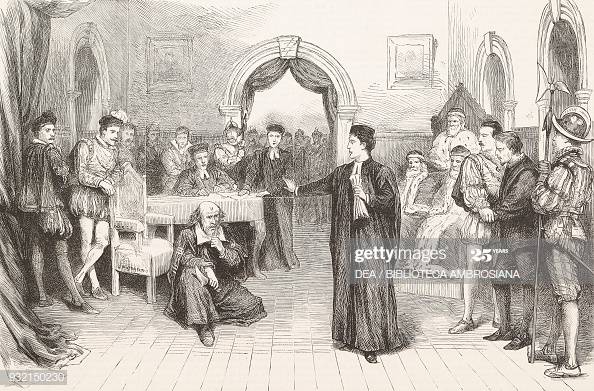
The idea of mercy is vital in "The Merchant of Venice" because it provides a focus for the contrast between Venetian Christian society and the alien invader, represented by Shylock. Mercy occupies a “central” position in the trial scene, where the power struggle between aristocratic Venetian society and the threatening force Shylock comes to a climax. Shakespeare puts both Jewish and Christian ideas of justice in this play. The play revolves around the relation between love and property and how one one can understand the relation between human desire and dignity. The trial scene takes place in Act IV scene I, where we witness Shylock (antagonist) demands a pound of flesh as payment for a forfeited loan, where we also see his determination to seek revenge in the form of such a obscene payment from Antonio. This literary work helps in understanding how the Venetian Law and English Law worked and how human society revolved around those law to seek justice and equity.
JUSTICE (John Galsworthy)

The play "Justice" by John Galsworthy deals with the issue of crime and punishment criticizing the judicial system of the Victorian Era where the rich always went free leaving the poor to suffer in the prison. Highlighting the incident of forgery where the culprit is put behind the bars resulting in triumph of justice, Galsworthy wants his readers to realise the circumstances under which the poor and helpless man decides to commit such an illegal act. The poor Falder (protagonist) is sentenced for forging a cheque out of necessity to save his lover Ruth, but Ruth's rich husband is never punished for harassing his wife. This double standard of the judicial system is highly criticized through this play.
CRIME AND PUNISHMENT (Fyodor Dostoyevsky)
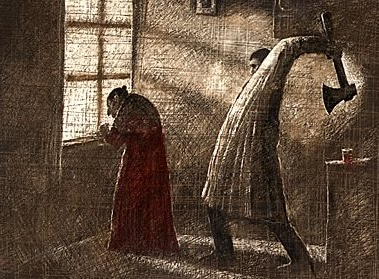
The Novel is set in the contemporary era in Russia and discuses "the extraordinary man theory". Raskolnikov is the protagonist who always had an issue with the pawnbroker. Raskolnikov follows the extraordinary man theory and finds himself to be in a higher place compared to his other counterparts. Raskolnikov cannot stand the conflict within him no more and listens to the devil in him, then he takes an ax, goes to the pawnbroker and swings the ax on the woman's head and kills her along with the woman's sister. After the murder, Raskolnikov's situation worsens. The demon, which once had caused him internal contradictions, disappeared, but the guilt gets worse and regrets and internal conflicts put Raskolnikov thoroughly exhausted and sick. Through this novel, Fyodor tries to understand the criminal psyche of a criminal and how reformation helps him become a better person in later part of the play.
SILENCE! THE COURT IS IN SESSION (Vijay Tendulkar)
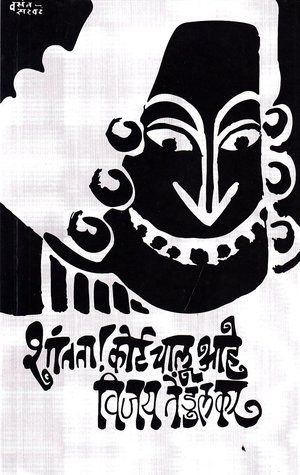
This Indian play became the center of controversy which exposed the true picture of an Indian orthodoxy society and how the man in power in the name of Justice mocks a woman for infanticide as a crime. Vijay Tendulkar emerged as a rebel against the established evil orthodox society with the production of Silence! The Court is in Session ( Shantata! Court chale aahe). This drama presents a metaphorical trial between the humanists and anti-humanists. It is in reality a mock trial of a straightforward school teacher Miss Leela Benare who is cross-examined in the court mocking her while charging her with infanticide and having illicit relationship with a married professor Damle and in this way her private life is exposed. This literary work tries to question the abusive use of law by a few orthodoxy men. Through this play, the author questions the authority of law and share his views and opinions.
Conclusion
Law and Literature are two different subjects which integrates together to answer to various problems that arise out of human conflicts. The students of Law through these classics learn to understand the sensitivity of the human and his relation with the society. The Literature students can understand the working of law and its regulation and can express their views and opinion through the medium of literary works. Both Law and Literature with the help of each other can criticize one another's field and bring about a transparency and stability.
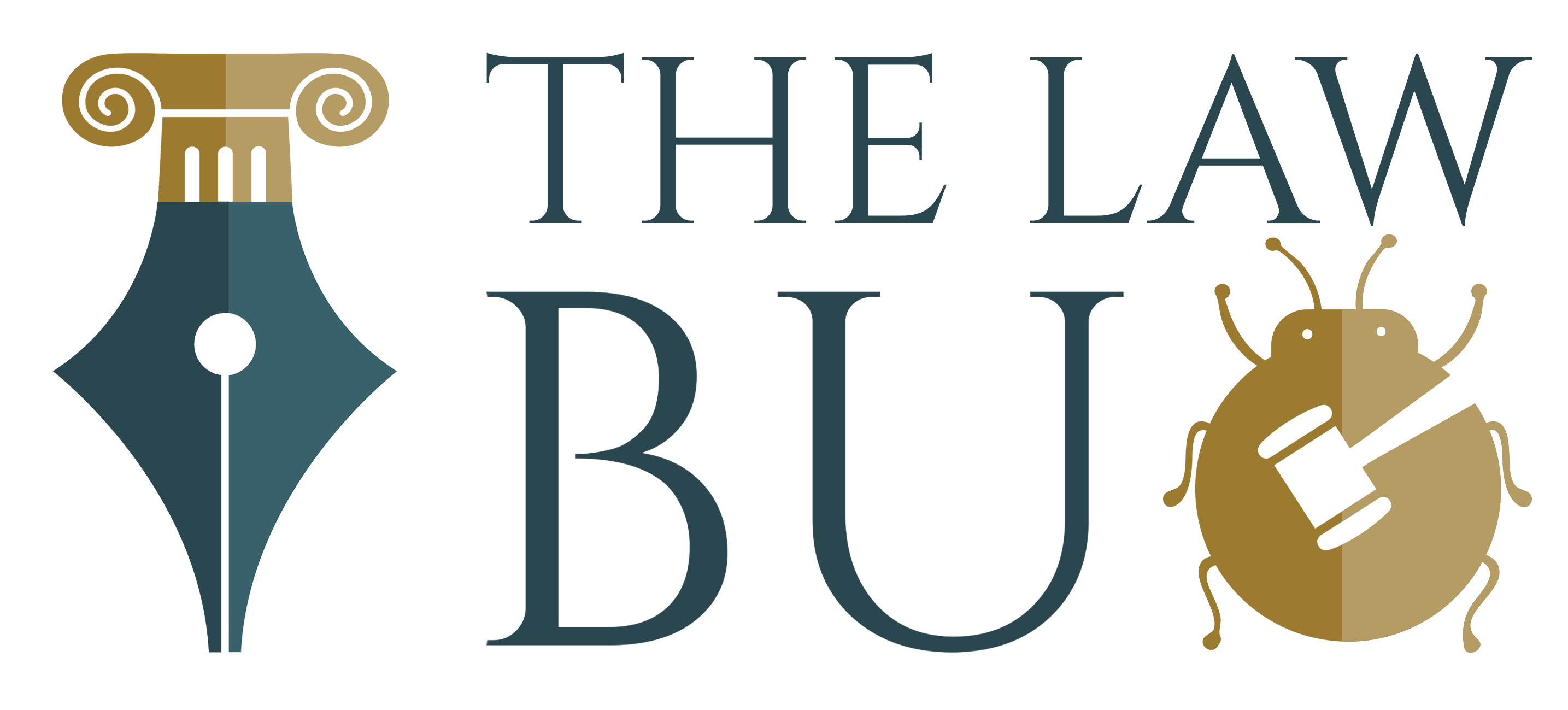
Comments ()